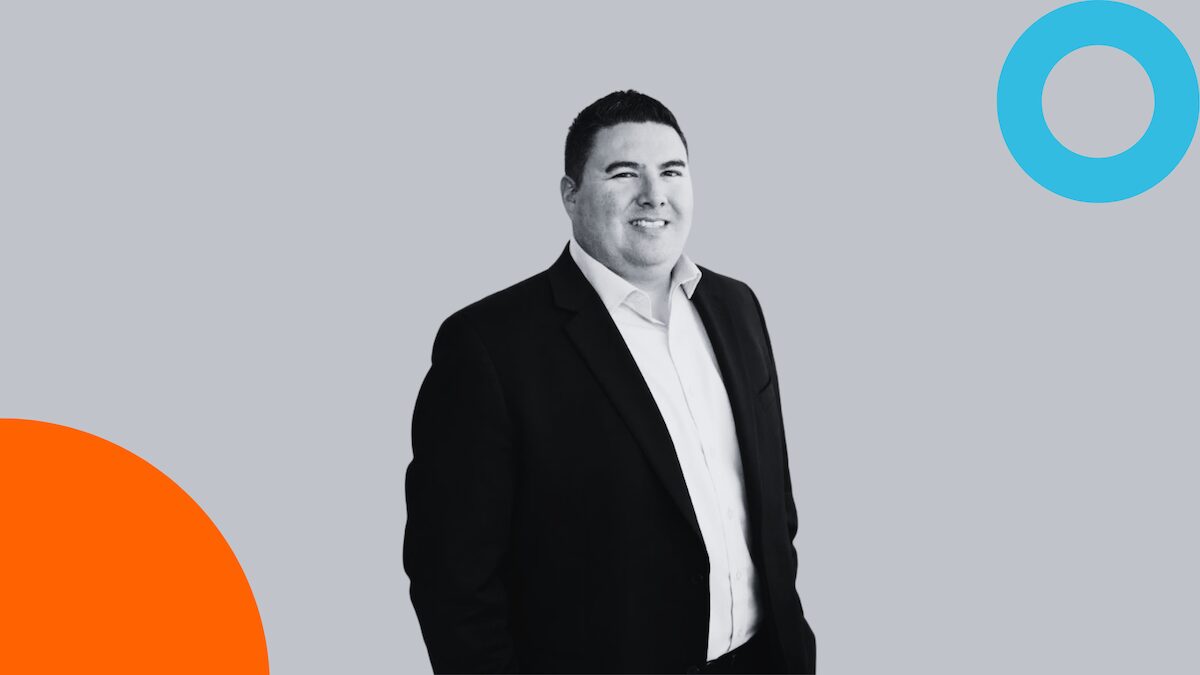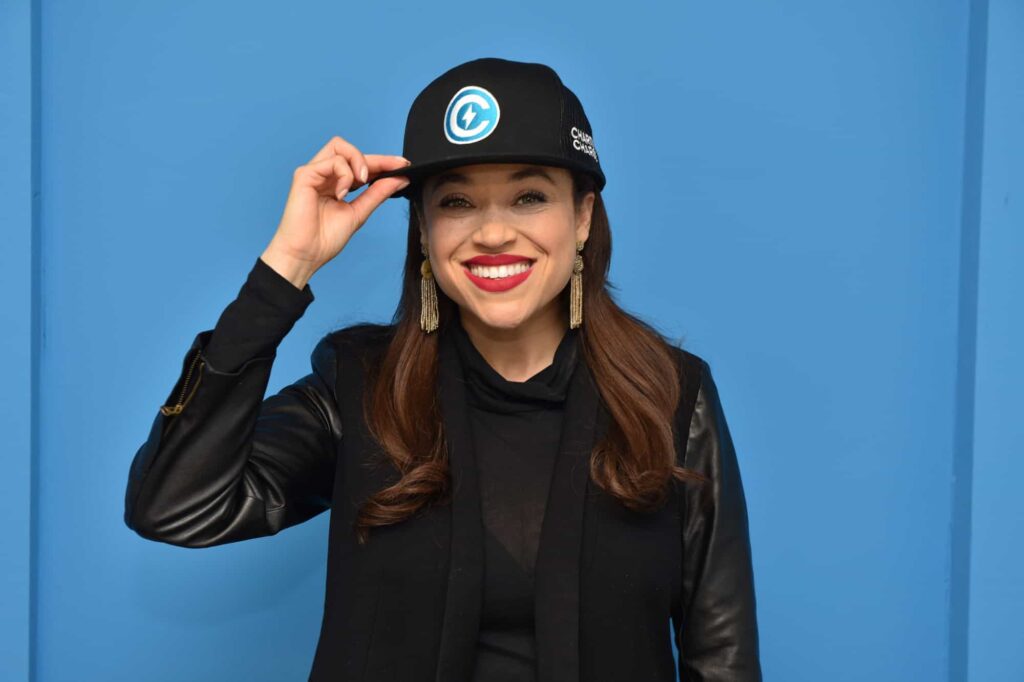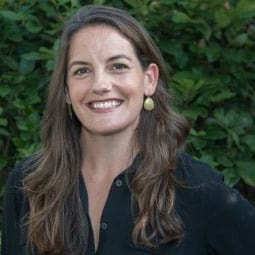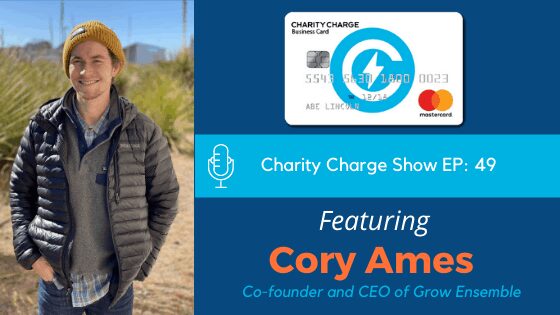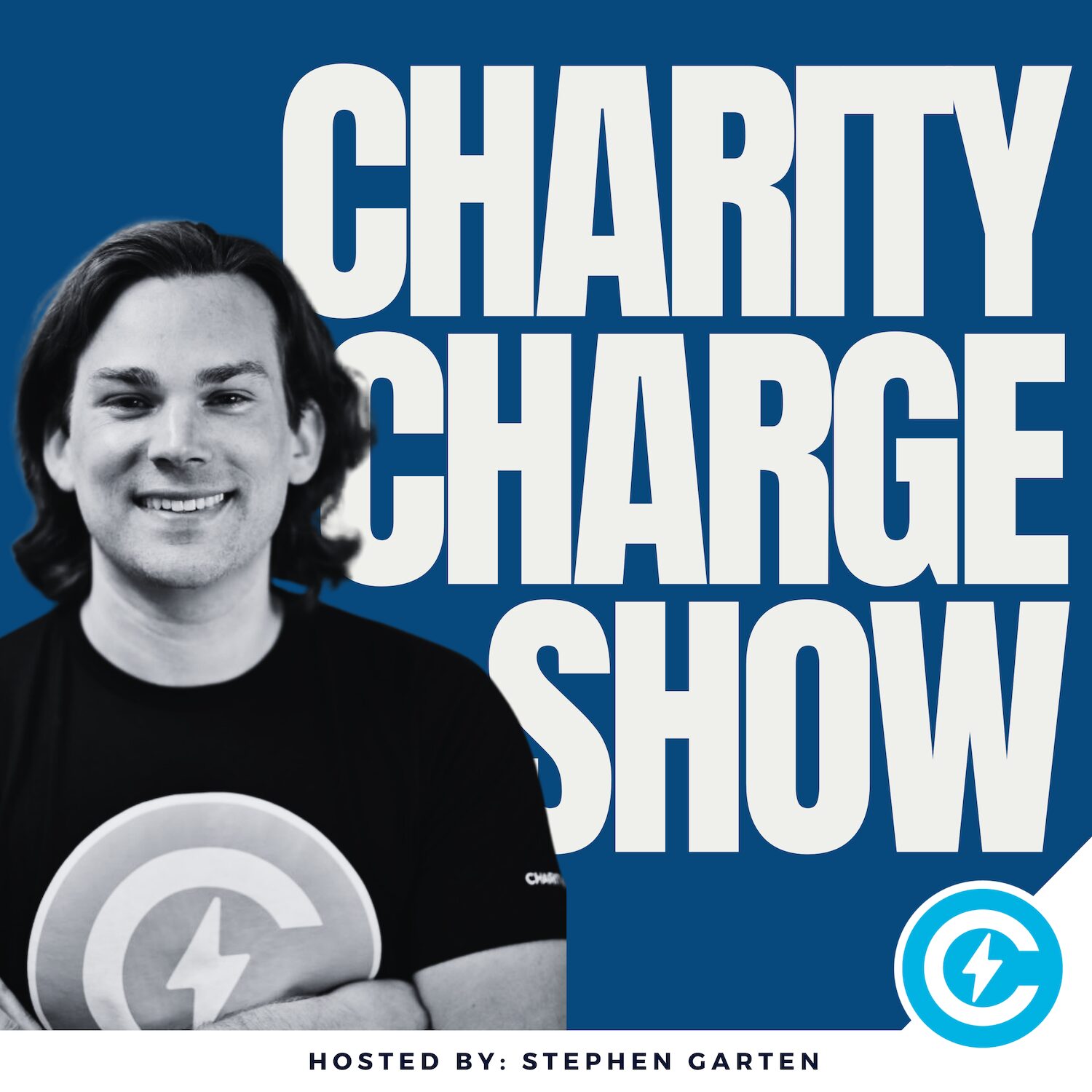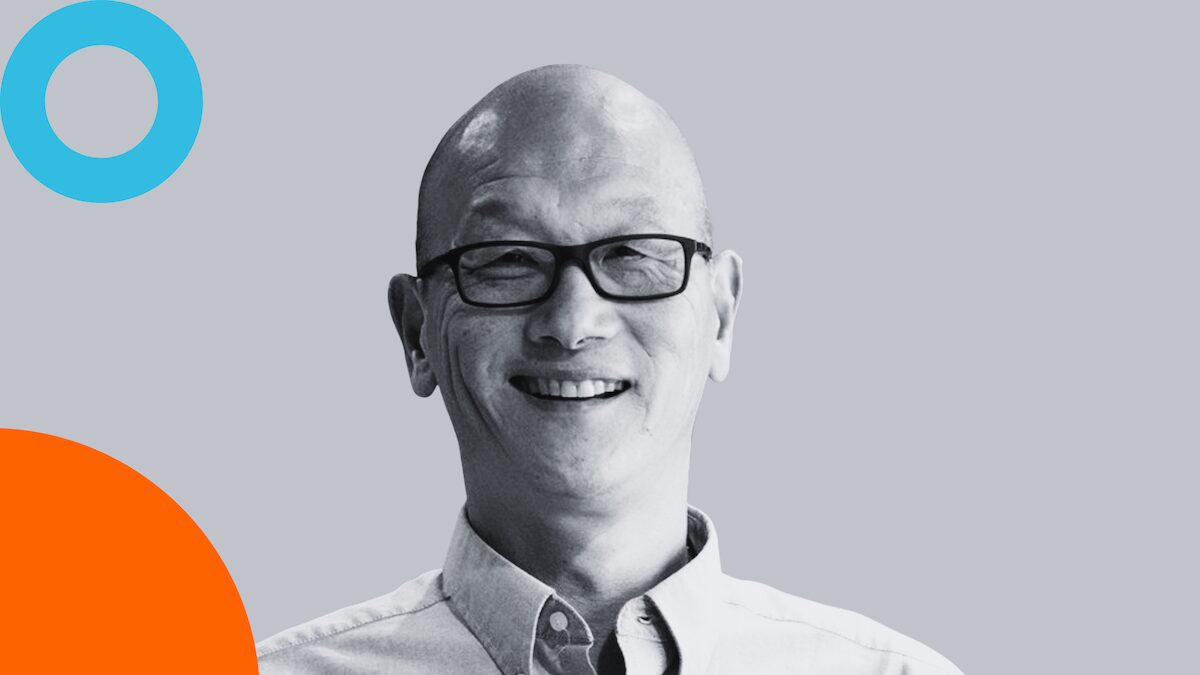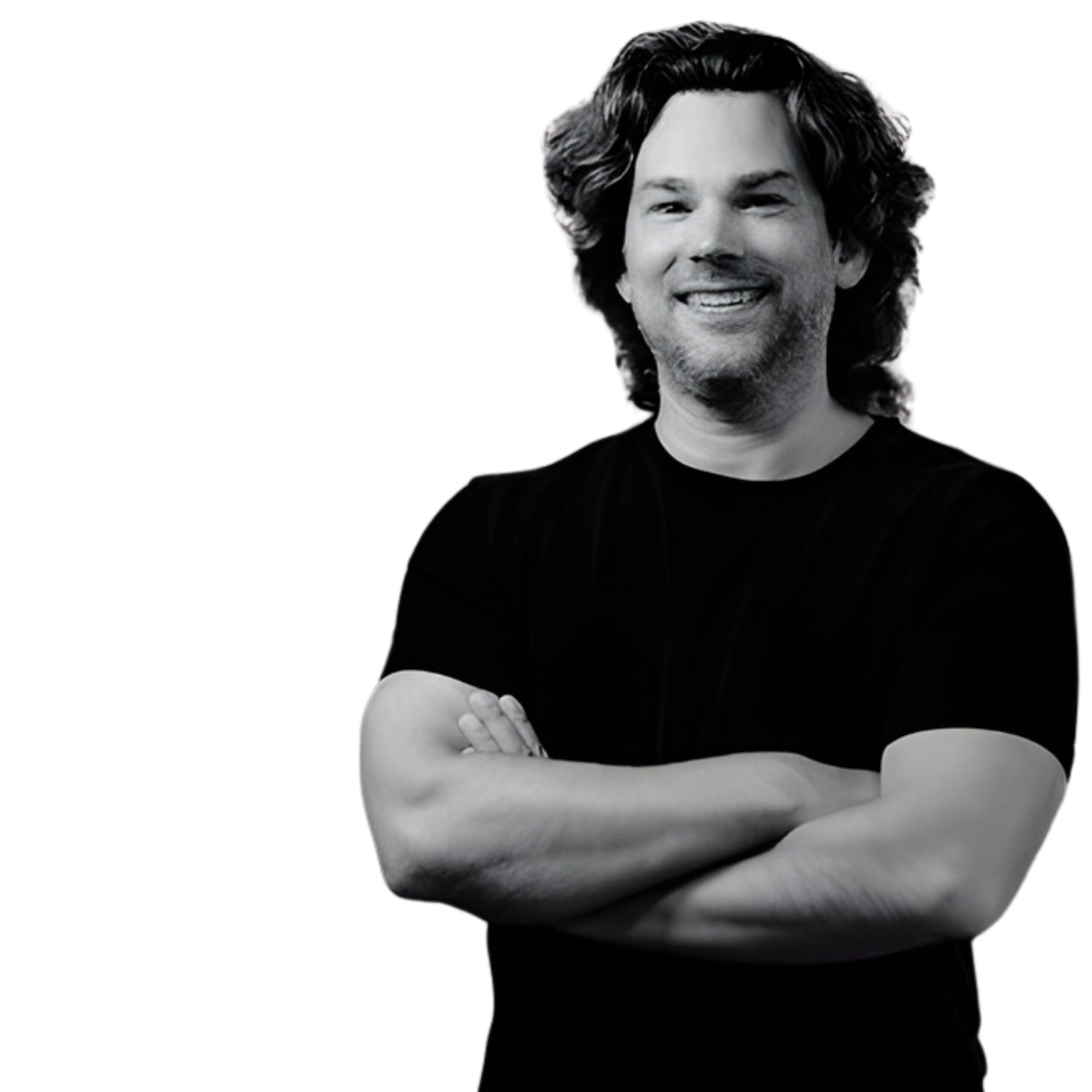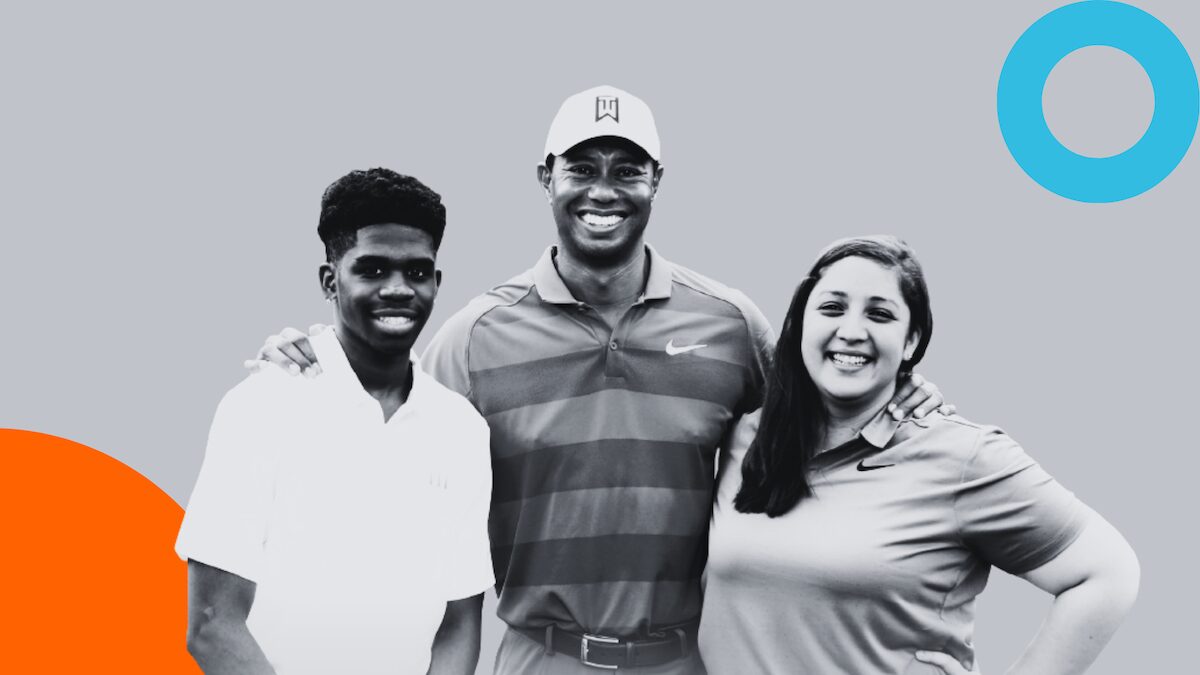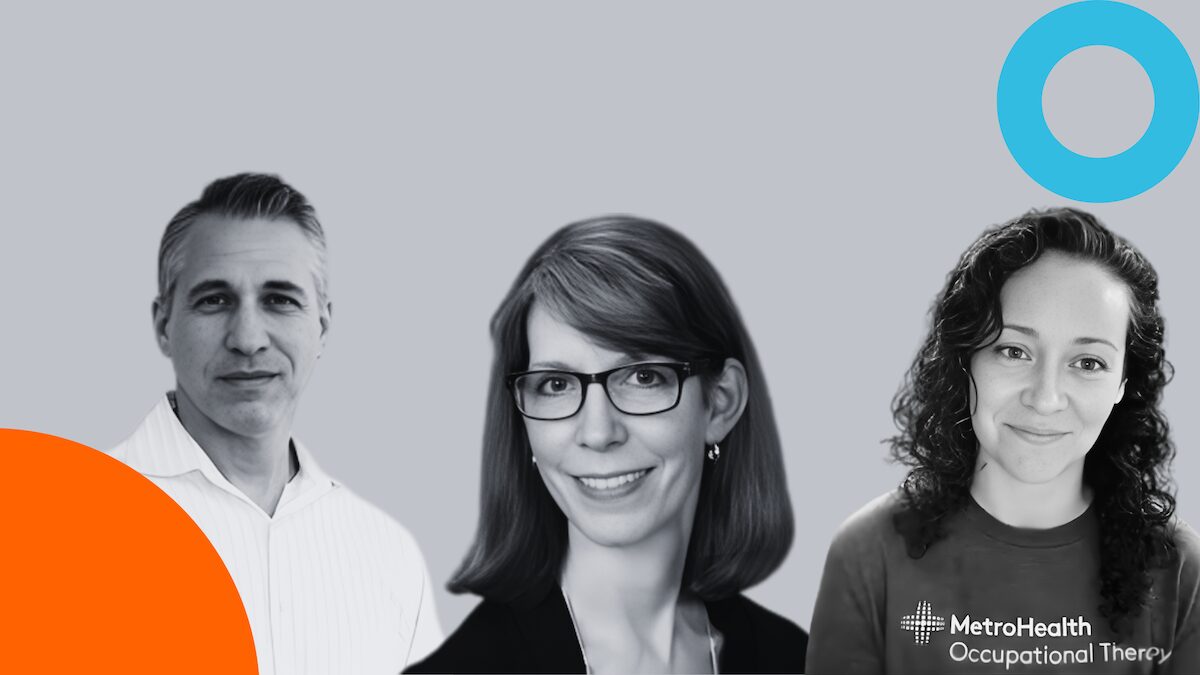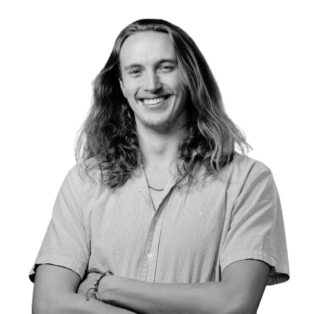Here is what stands out from his conversation:
Early lessons that shaped a leader
Robert’s story begins with work ethic. At 15 he worked in a restaurant, then launched a car-detailing business to buy his first car. After high school he joined the Air Force and learned discipline, integrity, and service. He later earned degrees in criminal justice and child development. A volunteer stint at his local Boys & Girls Club turned into a 20-year career.
Key takeaway: Mentorship and responsibility at a young age can change a life. Robert now builds those structures for others.
Asking bigger questions
When Robert became CEO in 2005, the organization had five decades of history and habits. He respected that past. He also asked different questions.
- Not “How do we improve our after-school program?”
- Instead: “How do we break the cycle of poverty in this community?”
- Not “Do kids need more pool tables?”
- Instead: “Do families have food, healthcare, and pathways to graduation and work?”
This shift reframed priorities and unlocked new partnerships, including on-site medical and dental services.
Quote to remember: “The role of a leader is to ask the right questions.”
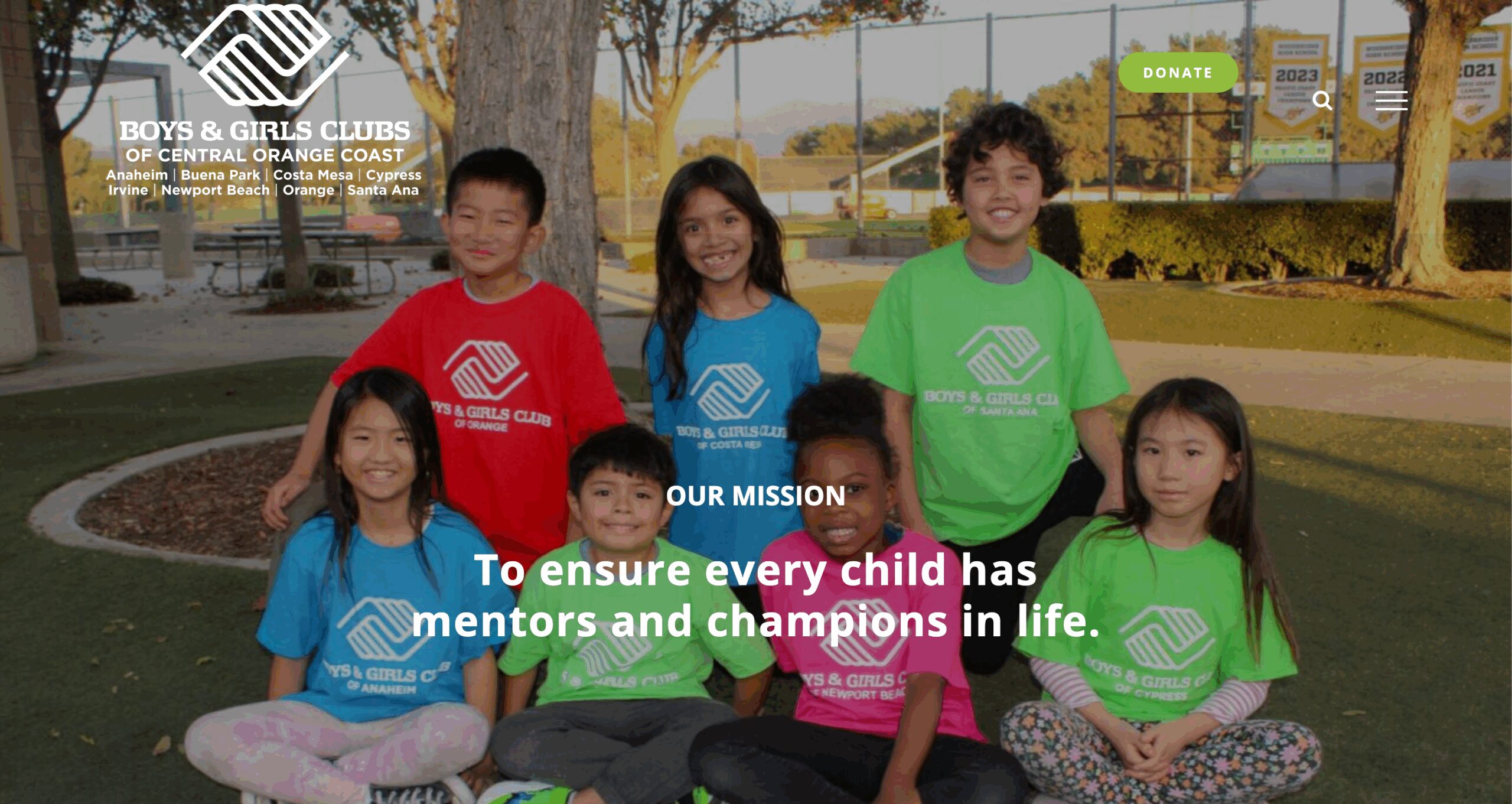
Turnaround, then scale
Robert describes three seasons of leadership:
- Turnaround CEO. Clean up systems. Reset course. Build early wins.
- Builder. Test new models. Strengthen culture. Earn trust.
- Strategic scaler. Set values and direction. Grow leadership capacity. Remove bottlenecks.
Change is hard. He treats adaptability like a muscle. The team built it through transparent communication, clarity of purpose, and shared ownership of new ideas.
College Bound: a model that meets real needs
High schools often assign hundreds of students to a single counselor. Many teens never meet one-on-one. The Club launched College Bound to fill that gap.
- Advising ratio: ~40 students to 1 academic advisor
- Touchpoints: Monthly 1:1 meetings, ongoing data tracking, proactive outreach
- Results: 100% high school graduation among participants
- Next steps: 98% enroll in two- or four-year colleges and about 2% join the military
- Financial support: ~$350,000 in Club-funded scholarships each year
- Access: $2.5–$3 million in financial aid secured annually
- Scale: 3,000 high schoolers served this year across 20 schools, with a plan to double to ~6,000 students at 30+ locations in the next few years
A pivotal proof point came early. At a Saturday parent workshop, more than 150 parents showed up to learn how to navigate admissions and aid. That level of family buy-in confirmed the direction.
Here is why it works: Low caseloads, consistent advising, data visibility, family engagement, and real dollars to close the gap.
Workforce pathways: college and career, not college or career
Robert pushes back on the phrase “college isn’t for everyone” when it lowers expectations in low-income neighborhoods. The Club raises the bar for college access and builds parallel, high-wage workforce paths for students who want a different track.
- Market-informed: The team mapped Orange County’s fastest-growing, livable-wage roles
- Sectors: Skilled trades and construction, healthcare roles beyond nurse/physician, and more
- On-ramps: Training, employer partnerships, first-job placements, and wraparound supports
Two years ago, the Club merged with a workforce nonprofit that had 52 years of experience but limited scale. By consolidating back-office costs and focusing resources on programs, the combined team doubled clients served in year one and connected more 16- to 24-year-olds to their first jobs.
Planned investment: About $9 million over the next three to four years to expand College Bound and workforce development across the Club’s footprint.
Building trust inside and out
Robert emphasizes trust with staff, board, partners, parents, and teens.
- Honor the past. Preserve history and identity.
- Explain the why. People accept change when they see the purpose.
- Share the load. Build leaders so the CEO is not the bottleneck.
- Mentor widely. He advises CEOs locally and nationally so they do not lead alone.
Quote to remember: “If you believe you are stuck, then you are. If you believe you can get unstuck, then you will.”
Impact at a glance
- 150 kids served when Robert started.
- ~15,000 youth served annually today across a network of sites and partners.
- College Bound: 100% graduation rate, millions unlocked in aid each year.
- Parent engagement: 150+ parents at early workshops, now a core part of the model.
- Workforce development: Merged program doubled clients in year one; growing employer pipelines.
What nonprofits can apply today
Ask better questions. Aim at root causes.
Make change a habit. Build the muscle with small, frequent iterations.
Right-size caseloads. Move from reactive to proactive support.
Engage families. A Saturday workshop can change outcomes.
Merge or partner when it helps the mission. Shared services can free dollars for programs.
Invest in leaders. Mentorship prevents burnout and shortens the learning curve.
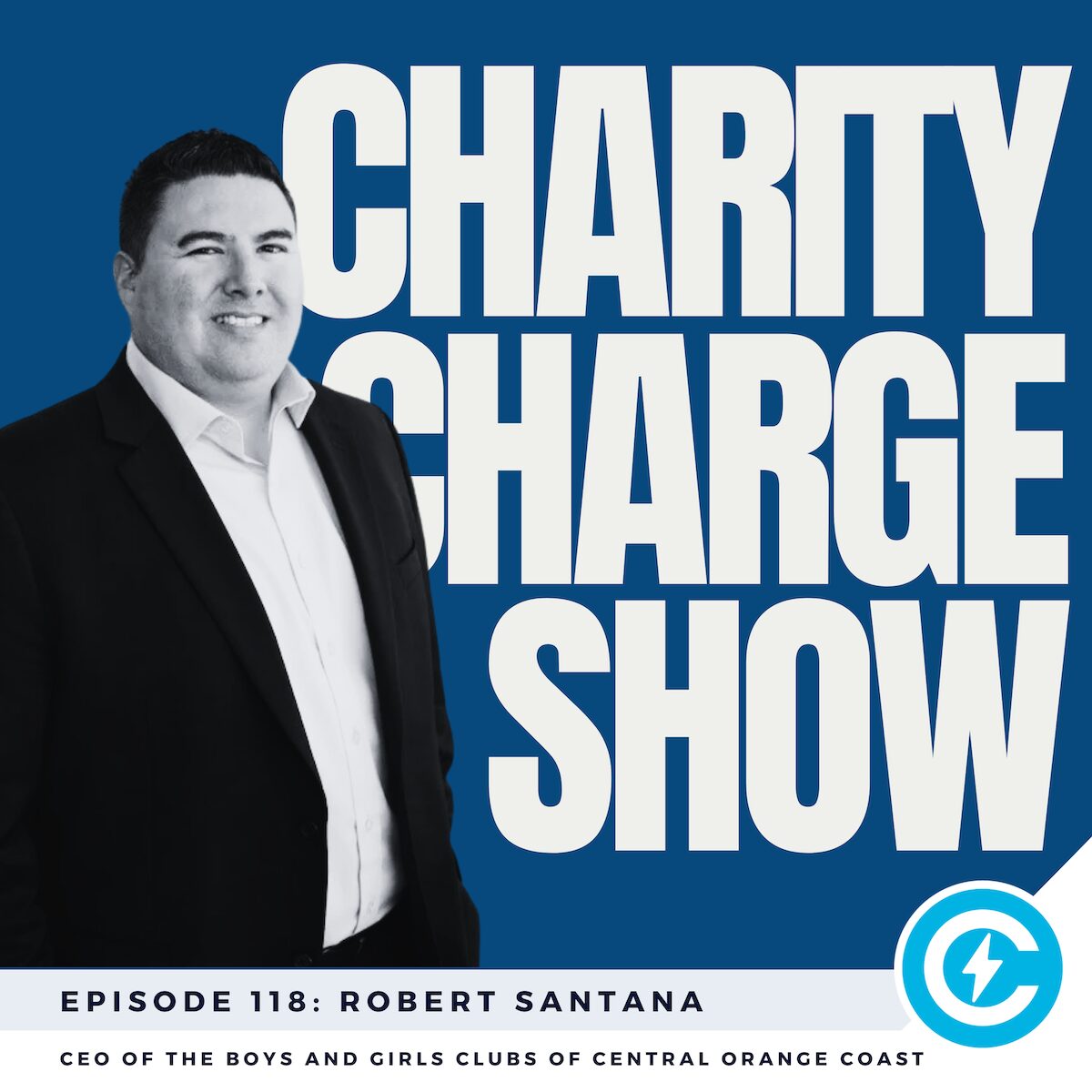
Podcast Q&A Transcript
Q: Robert, thanks for joining. Before we talk about your current work, what set you on the path to nonprofit leadership?
A: My path was not linear. I grew up in Santa Ana with two working parents and an older brother who kept me on track. Sports helped too. I did not realize until later that we were poor and in an at-risk neighborhood because my parents created a stable home with strong values.
The turning point came in high school. My parents told me they could not afford a car for me, so at 15 I got a job washing dishes and making pizzas. That taught me hustle. I then started an auto-detailing business after my boss complained about paying someone a hundred dollars to wash his car. I figured I could do it. I bought supplies, he became my first client, and by senior year I had employees and contracts. That fed an entrepreneurial streak.
After high school I joined the Air Force and served with the 15th Security Forces in Hawaii. I planned to go into law enforcement and earned degrees in criminal justice. I was on track with LAPD recruiting, but something in me said I should work with young people and invest in them before they encounter law enforcement. I went to volunteer at the Santa Ana Boys & Girls Club for what I thought would be two weeks. That was 20 years ago.
Over time I added formal training in child development and spent years in classrooms and community work. I also kept my entrepreneurial mindset. As a CEO I get to blend all of that: the prevention focus from law enforcement, the science of child development, hands-on youth work, and a builder’s mindset. The kids we serve are kids like me. They need guidance and direction to unlock their potential.
Q: Beyond running your club, you advise other Boys & Girls Clubs nationwide. How did that start?
A: Mentorship is personal for me. I have benefited from the generosity of mentors at every stage, and I think great leaders share that trait. Early on people would ask to pick my brain about nonprofit work or leadership. I joined Vistage, a CEO peer group, where 15 of us met monthly and acted as each other’s advisory board. That grew into requests to help with executive hiring, strategy, and board work.
I was 28 when I became CEO. Looking back, I had a lot to learn. Many leaders wrestle with imposter feelings. My board took a chance on me, and I have felt obligated to prove them right. Now I coach CEOs in different seasons: new leaders, turnaround leaders, and leaders in years seven to ten who need to reset or level up. Over 20 years I have been three kinds of CEO: first a turnaround leader fixing urgent issues, then a builder testing new models and culture, and now a strategic scaler focused on values, people, and direction. My aim as a mentor is to give leaders the support system I had.
Q: Take us into the turnaround phase. What did you walk into, and what did you change?
A: This was 2005. The club had 50 years of history. That was a strength and a challenge. I wanted us to act like a 50-year-old startup: honor the brand and relationships, but loosen up what was stuck.
We were holding onto artifacts that did not solve the real problems kids and families faced. Ten pool tables look like a club, but they do not address hunger, gang involvement, low graduation rates, or housing instability. I started asking different questions. Not “How do we run a better after-school program?” but “How do we break the cycle of poverty?” “How do we make sure every young person has a positive adult?”
That led to nontraditional moves at the time: on-site healthcare with CHOC, vision clinics so kids can see the board, dental services with USC turning our gym into a clinic, and broader family support. Change management was tough. People feared losing what they knew, even if it was not working. We moved forward by explaining the why, including people in the process, and showing early wins.
Q: When did you feel the fear of change turning into trust?
A: First, we normalized fear. It is a natural response to the unknown. Then we respected the past. My job is to preserve history and leave the organization better for the next leader. The phrase I used often was, “What got us here will not get us there.”
A clear signal came with our College Bound initiative. High school counseling caseloads can be several hundred students per counselor, so many teens never get one-on-one support. We hired Boys & Girls Club academic advisors with manageable caseloads and a consulting mindset. Early on we hosted a Saturday workshop for parents. More than 150 showed up, asked sharp questions about admissions and aid, and wanted to know how to get their kids into specific schools. That level of family engagement told us we were on the right track.
Q: Walk through College Bound. What makes it work?
A: Advisors carry about 40 students each and meet at least monthly. We track key data and intervene early. Results: 100 percent of participants graduate high school. Most enroll in two- or four-year colleges and a small share choose military service. We distribute about $350,000 in scholarships each year and help families secure $2.5 to $3 million in financial aid annually.
This year we will serve about 3,000 high school students across 20 schools. In roughly three years we plan to double to about 6,000 students and 30 or more locations. The model works because of right-sized caseloads, consistent advising, data visibility, parent partnership, and real dollars to close gaps.
Q: How has your role shifted from fixer to scaler?
A: In a turnaround you live in the tactical. As we stabilized, I had to stop being the fixer or I would become the bottleneck. Now I focus on culture, values, leadership pipelines, and big opportunities. Adaptability becomes a habit when you practice it. We built that muscle so we could navigate disruptions and keep moving.
Q: What are your priorities for the next five to ten years?
A: Two tracks that work together: college access and workforce pathways. I sometimes hear “college is not for everyone,” and while that can be true, I mostly hear it in low-income neighborhoods. We raise expectations for college while also building high-wage non-degree on-ramps.
We mapped Orange County’s growth sectors and livable-wage roles: construction trades, healthcare roles beyond physician and nurse, and more. We create awareness, training, employer partnerships, and first-job placements. Two years ago we merged with a workforce nonprofit that had 52 years of experience but limited scale. By consolidating back-office costs like accounting and grant writing, we freed resources and doubled clients served in the first year. We are connecting many 16- to 24-year-olds to their first jobs, which can set a life on a better track.
Over the next three to four years we plan to invest around nine million dollars, on top of our regular budget, to expand College Bound and workforce programs across our communities.
Q: You mentioned mergers and collaboration. What do you see across the sector?
A: I am optimistic. Collaboration is becoming the standard. If you are not working with others, it is hard to do great work. We have done mergers that preserve an organization’s identity and history but add leadership structure, quality control, and shared services so more dollars go to programs.
I like this reminder: the same hot water that softens a potato hardens an egg. Conditions can break you or make you stronger. Many communities face real obstacles. We can turn that into a superpower with the right support and expectations. If you believe you are stuck, you are. If you believe you can get unstuck, you will.
Q: Any closing thoughts?
A: I appreciate the chance to share our story. I have also learned more about your service model at Charity Charge. I have served as interim CEO for five nonprofits while keeping my main role, so I see the pain points. The kind of support you provide can help organizations move from good to excellent. Thanks for investing in the sector. I look forward to collaborating.
Q: Thank you, Robert. Your story and practical lessons are inspiring. We look forward to following the continued impact of the Boys & Girls Clubs of Central Orange Coast.

